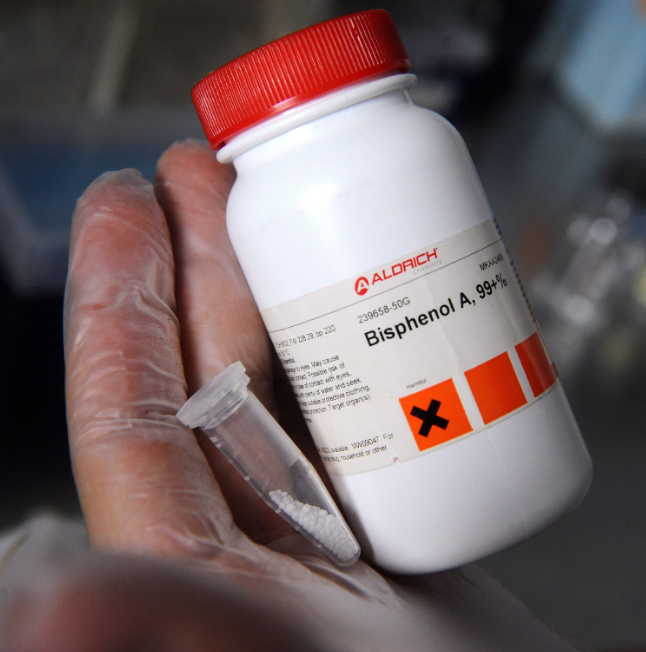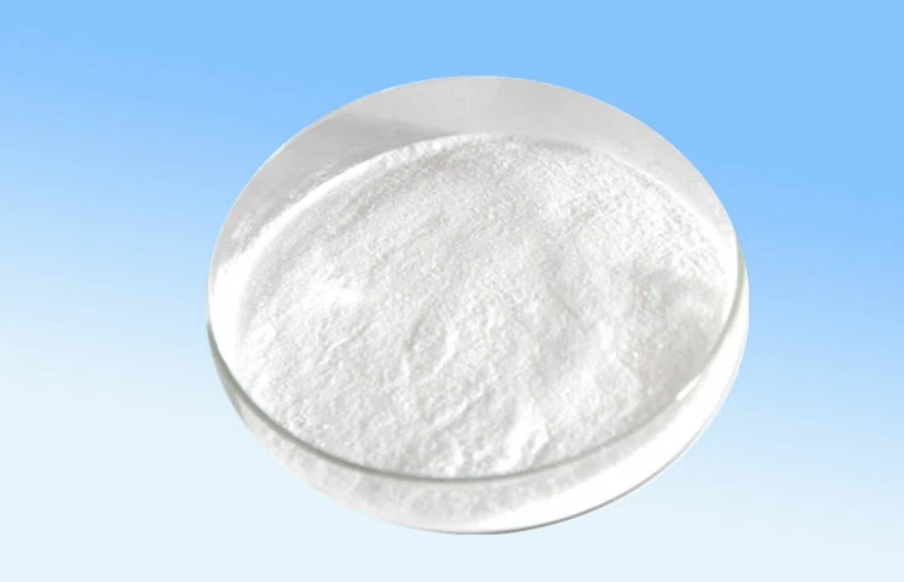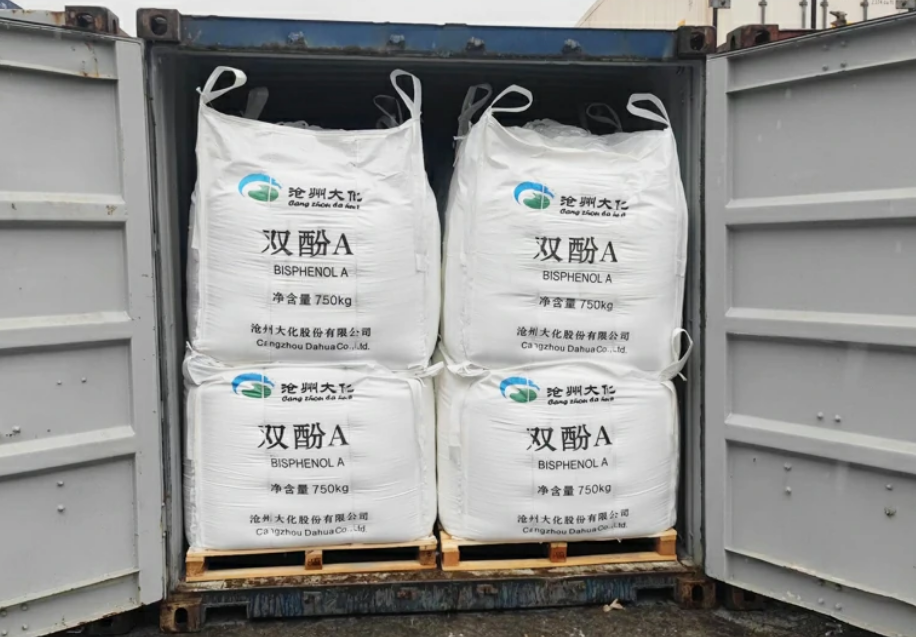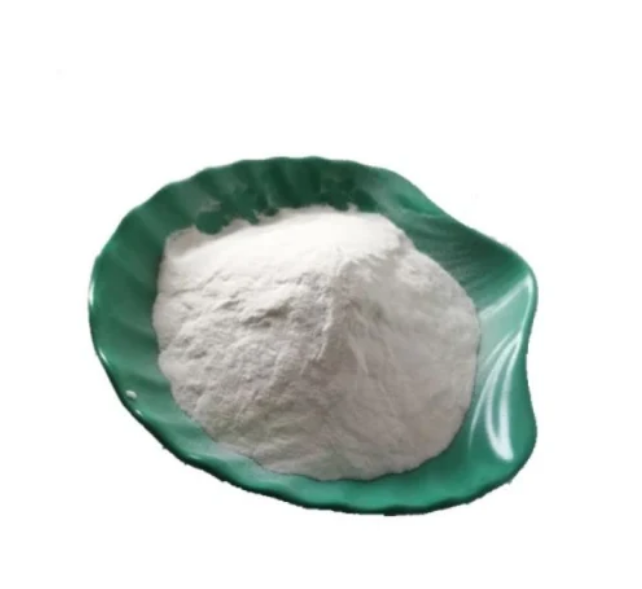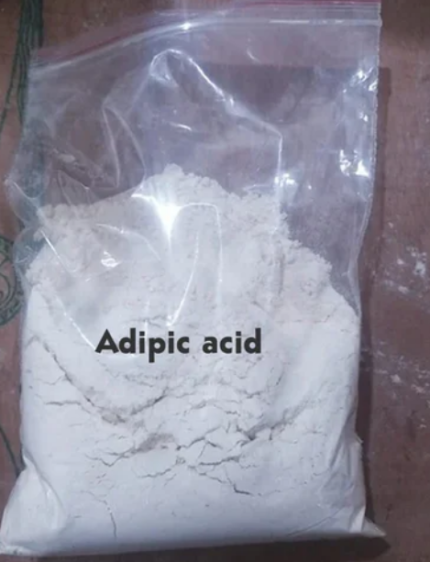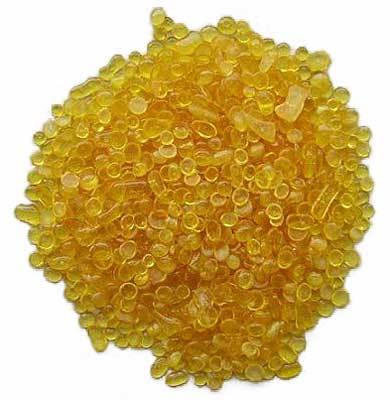Description
BPA stands for bisphenol A, an industrial chemical that has been used to make certain plastics and resins since the 1950s.
BPA is found in polycarbonate plastics and epoxy resins. Polycarbonate plastics are often used in containers that store food and beverages, such as water bottles. They may also be used in other consumer goods.
Epoxy resins are used to coat the inside of metal products, such as food cans, bottle tops and water supply lines. Some dental sealants and composites also may contain BPA.
Some research has shown that BPA can seep into food or beverages from containers that are made with BPA. Exposure to BPA is a concern because of the possible health effects on the brain and prostate gland of fetuses, infants and children. It can also affect children’s behavior. Additional research suggests a possible link between BPA and increased blood pressure, type 2 diabetes and cardiovascular disease.
However, the U.S. Food and Drug Administration (FDA) has said that BPA is safe at the very low levels that occur in some foods. This assessment is based on the review of hundreds of studies. The FDA continues to monitor the research.
If you’re concerned about BPA, you can take steps to reduce your exposure:
- Use BPA-free products. Manufacturers are creating more and more BPA-free products. Look for products labeled as BPA-free. If a product isn’t labeled, keep in mind that some, but not all, plastics marked with recycle code 3 or 7 may contain BPA.
- Avoid heat. Don’t put plastic containers in the microwave or dishwasher, because the heat may break them down over time and allow BPA to leach into foods.
- Focus on fresh whole foods. When you can, choose fresh whole fruits and vegetables.
- Use alternatives. Use glass, porcelain or stainless-steel containers for hot foods and liquids instead of plastic containers.
How are people exposed to Bisphenol A?
Small amounts of BPA may remain in polycarbonate products and epoxy linings after curing, and be released into food and beverages. Canned foods and liquids stored or heated in polycarbonate containers and epoxy-lined cans appear to be the main source of exposure to BPA.
Infants may have greater exposure to BPA than others because their diet may consist largely of infant formula from epoxy-lined cans. Infants may also be given infant formula and other liquids in polycarbonate baby bottles. Low levels of BPA have been detected in human breast milk. Infant exposure from breastfeeding is expected to be low compared to exposure from formula packaged in epoxy-lined cans and using polycarbonate baby bottles.
Bisphenol A is also present at low levels in indoor air and dust, dental sealants and other products, but exposures to BPA from these sources appear to be small compared to dietary exposures.
How can I tell if a container is polycarbonate or has an epoxy lining?
Polycarbonate bottles may be marked with the number 7 inside a triangle, sometimes followed by “PC”, but may also be unmarked. If you are unsure whether a bottle is polycarbonate, you may try to contact the manufacturer (look for a consumer information phone number or website on the bottle or package).
Cans with epoxy linings (and possibly some lined cardboard and plastic food containers) are not necessarily marked. If you would like to know whether a container is epoxy-lined, you may try to contact the manufacturer (look for a consumer information phone number or website on the container).
Is exposure to Bisphenol A a health concern?
Currently, scientists and government agencies have differing opinions about whether the levels of BPA found in contents from polycarbonate containers or epoxy-lined cans may harm human health.
Some scientific studies have observed developmental effects in newborn and very young laboratory animals given small amounts of BPA. This has contributed to concern that human infants may be vulnerable to developmental effects from BPA.
Scientists have recently looked for associations between BPA exposure and health effects in the general population. Some studies have reported associations between elevated BPA exposure and health effects such as diabetes or heart disease, while other studies have not.
How can people reduce their exposure to Bisphenol A?
Low level BPA exposure occurs in the general population. We don’t know how much exposure to BPA an individual may have or whether current levels of BPA exposure might be harmful to infants or others. Nevertheless, some people may wish to reduce potential BPA exposure to their infants or themselves.
For breastfeeding infants: There are known nutritional benefits of breast milk, and mothers are encouraged to breastfeed their infants. Infant BPA exposure from breastfeeding is expected to be low compared to exposure from formula. Breastfeeding women can limit the possibility of their babies’ exposure to BPA by reducing their use of polycarbonate food containers and canned foods during breastfeeding, while still maintaining a healthy diet. After one day, almost all the BPA a woman consumes is excreted in her urine.
For bottle feeding infants: Full-term infants less than 2-3 months old and older premature infants may not be able to eliminate BPA from their body as quickly as children or adults and so they may have greater BPA exposures than others.
- Avoid using polycarbonate plastic baby bottles; use glass bottles instead.
- Do not put boiling or very hot formula or other liquids in plastic bottles, and do not warm plastic baby bottles in a microwave.
- Avoid liquid or powdered formula packaged in metal cans. Try to use powdered formula packaged in cardboard without epoxy liners.

